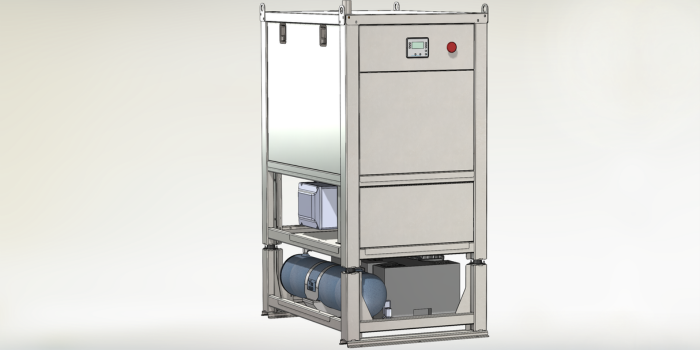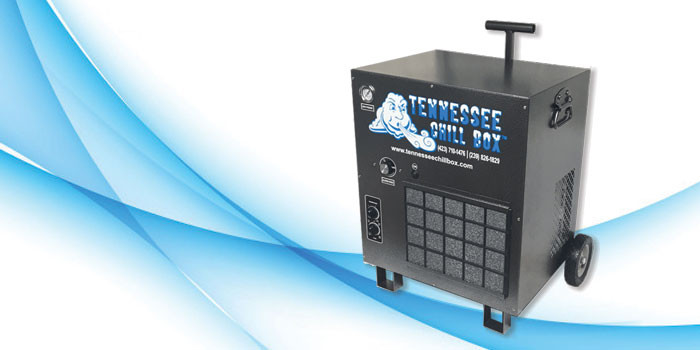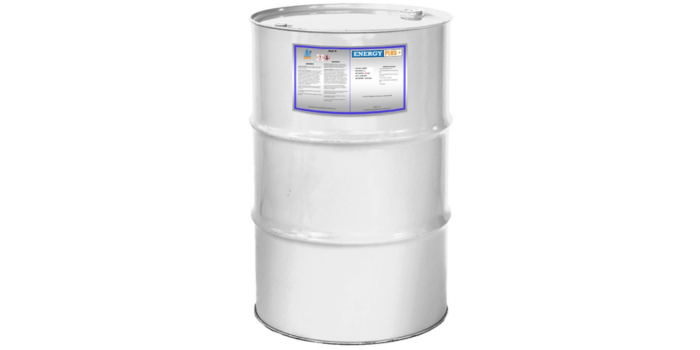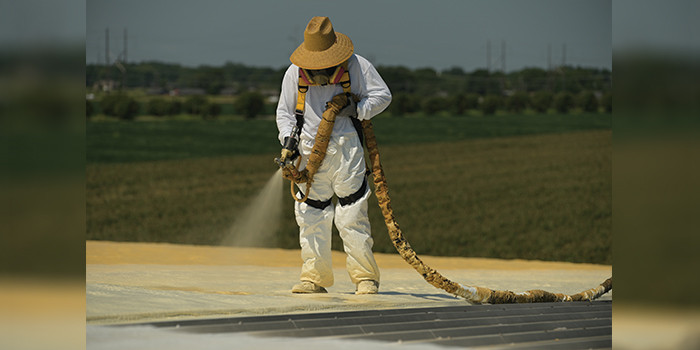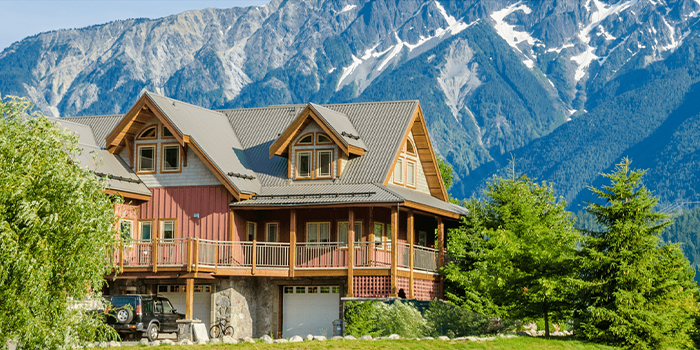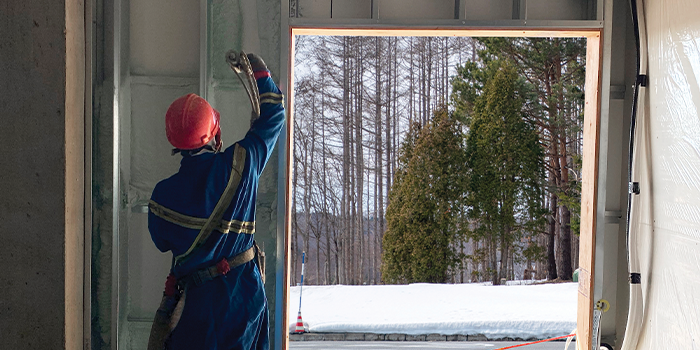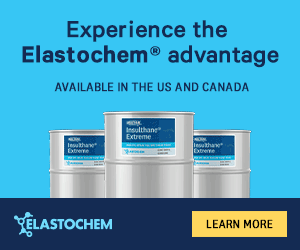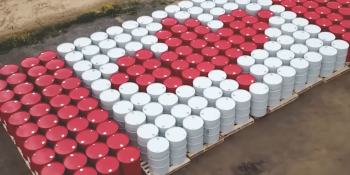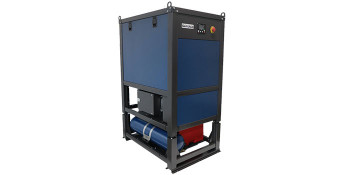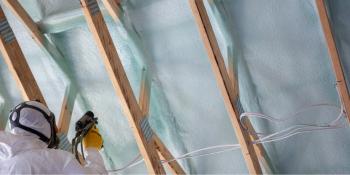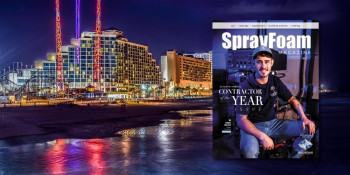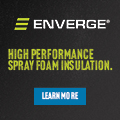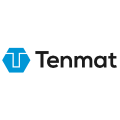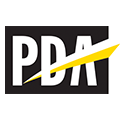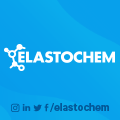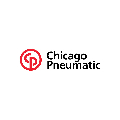Honeywell Solstice Liquid Blowing Agent (LBA)

GET THE SOLSTICE® LBA ADVANTAGE
Non-flammable and Low GWP Blowing Agent for Spray Foam Insulation
Solstice® Liquid Blowing Agent (LBA) is our latest advancement in foam blowing agent technology. Based on hydrofluoro-olefin (HFO) technology, Solstice® LBA has a global warming potential (GWP) of 1, 99.9% lower than HFC blowing agents. It is a cost-effective replacement for other liquid foam blowing agents. Honeywell Solstice® LBA is:
- Non-ozone-depleting
- Nonflammable (ASTM E-681 and EU A11)
- Listed under the U.S. EPA’s Significant New Alternatives Policy (SNAP) program to replace ozone-depleting substances
- Listed on the TSCA inventory/registered under REACH
- VOC-exempt (per U.S. EPA)
- Manufactured in the U.S.
Solstice® blowing agents are key to closed-cell spray polyurethane foam (ccSPF) that insulates, air seals, manages moisture, and increases structural strength in commercial and residential buildings. Our blowing agents offer environmental and performance benefits. Compared to HCFC- or HFC-blown foam, our Solstice® Liquid Blowing Agent (LBA) improves foam performance (yield, adhesion, water and air resistance, nonflammability). Solstice® LBA for spray foam offers:
Performance
- Improved k-factor – 2-4% better than foams made with all HFCs
- Higher solubility in polyol blends – as much as 20% higher than 245fa in polyols tested
- Lower vapor pressure in polyol blends – as much as 60% lower in formulations tested
Cost Effectiveness
- Lower molecular weight than HFC-245fa and HFC-365mfc means less blowing agent needed to do the job
- Better R-value / inch means improved k-factor (thermal insulation value)
- More consistent foam processing over wide range of application conditions
Solstice® LBA outperforms alternative blowing agents in foam and environmental performance. Solstice® LBA is a non-flammable liquid by ASTM E-681, exhibits no flashpoint or vapor flame limits. Solstice® LBA has a very low Maximum Incremental Reactivity (MIR), which means that the material will have a low impact on tropospheric ozone, or smog, creation.




